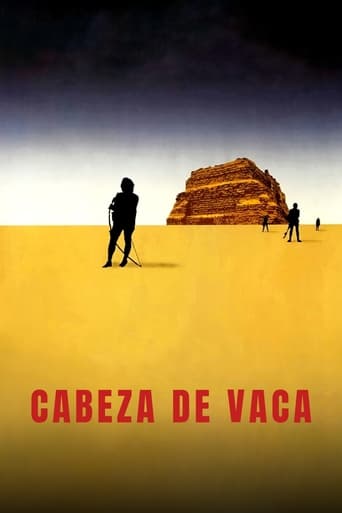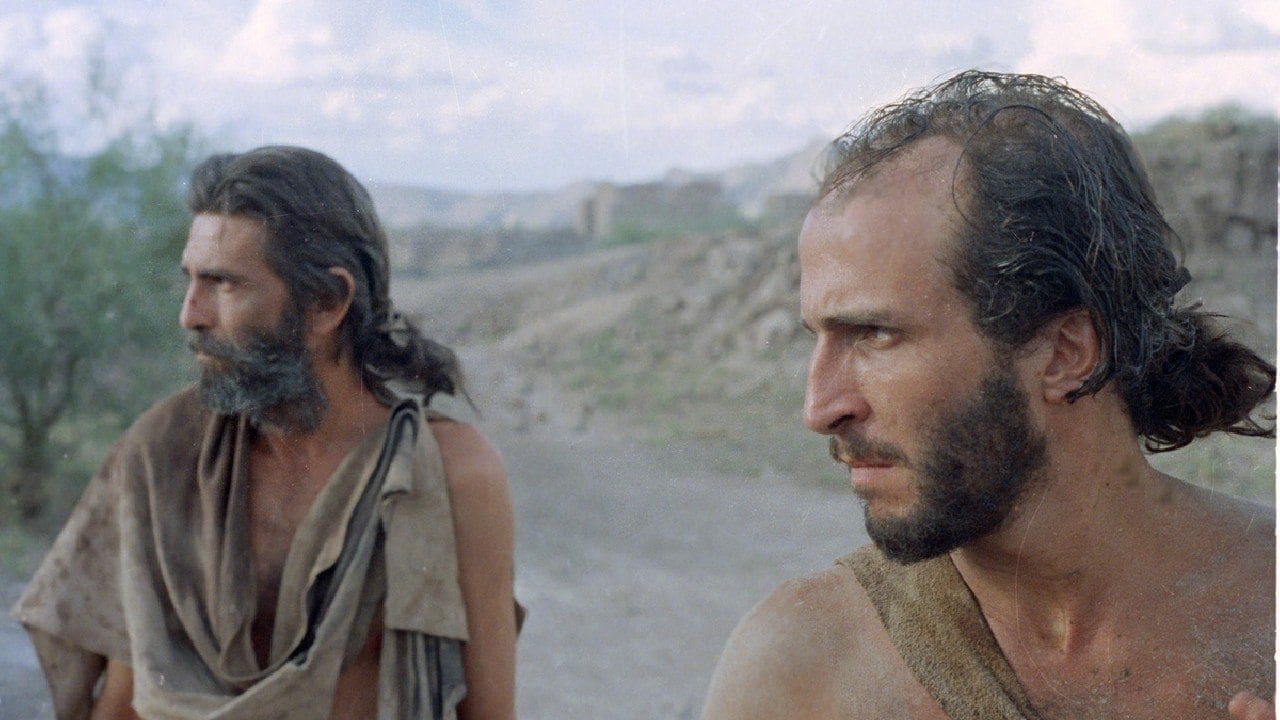michael-2490
This dramatization of the true story of an odyssey that was as amazing in some respects as Homer's account of the voyage of Ulysses. The film puts the European invasion of the continent into more appropriate perspective, revealing the veil of lies about slavery and genocide that are common in histories of events in this place during this time. Although this film is politically compromised, it should be promoted to at least open the door on reality for those who don't know what this story is about.Unfortunately, the result of this compromise is that most products of U.S. public education and other provincial audiences, who generally don't know the story of Alvar Nuñez Cabeza de Vaca and what he had to say, will miss the significance his "report" to the Spanish monarchy but it may inspire those who do see the film to examine Nuñez' account of his journey in relation to the vast ignorance, greed and stupidity of the Spanish monarchy and the hierarchy of the Catholic church to whom he addressed his comments when he wrote what turns out to be the only accurate portrait of indigenous people of this continent, in which he showed the "conquered" victims of the invasion.Missed in this film is the greatest irony of ironies: that the church responded to Cabeza de Vaca's report to Isabella and Ferdinand & Co. by creditng the myth of the fountain of youth to reinterpret Cabeza de Vaca's statement about personal transformation and the humanity of the indigenous people. De Vaca's revelations exposed the hypocrisy of the Roman Catholic pretense that Christian idealism and not individual and collective greed motivated the conquest, the brutality, the slavery, the genocide. Ponce de Leon was sent out ostensibly to find the fountain of youth, while in the process, robbing, enslaving and killing indigenous people. Cabeza de Vaca died in poverty and is unknown to most students of the period.A movie uses visual and aural spectacle, music and narrative to hypnotize viewers to tell a story, which means evoking experience and emotions associated with events, places and people. With movies, language, custom, commerce, politics and the attention span of viewers limit possibilities. From the perspective of indigenous North American people, this film is too compromised but it's a step in the right direction, which explains comparisons to Dances With Wolves. After films are made, we may examine the ways films fail and we see why and this is valuable. In this film, the failure was not in execution but in the vision of the script. It conveys something important but does it leave out the part that makes it really relevant to our lives and contemporary practices that mirror the attitude of Isabella and the Vatican in the 16th century? Perhaps, it is better for a review to say nothing about this to avoid prejudicing viewers but the box office shows the opposite. It doesn't matter what we write in our reviews. You can't spoil a really good movie with a review.
paullyons-1
The first review is right-on. Read the original text and one comes away with a different story. The actual name of the book is "La Relation", meaning The Relation and is but a report to the King of Spain. Hunger was so much a part of the story, which is represented well, but more interesting is probably the concept that a mixed racial group of people, three Catholics and and African, were interacting with the locals and they were in some respects taken in. I wonder more about the relation between these four surviving members. I just think that it is ironic, considering present day politics, the make up of the Cabeza de Vaca party.www.pelicancafe.net
Brian Ellis
Utterly fascinating movie that doesn't go for the Hollywood ending (ala "Dances with Wolves"). Purportedly from the diaries of Cabeza de Vaca, a treasurer for Charles the Fifth of Spain, the film goes from the brutal realism of war to a mystical tour of Indian life to the sad reality of Spanish conquest. This film is a must-see.
peter-209
One chapter of the conquista - the subjugation of the Native American peoples by Europeans. We follow Alvaro Nunez Cabeza de Vaca's adventures and misadventures in the New World from a crash landing of his ship through his saving and capture by the Indians, his forced immersion into the Indian culture, his almost mystical pilgrimage from Florida through the American Southwest to California (or was it Mexico?), up to the bitter end at the hands of his European compatriots. Spectacular visuals lend the film the power of myth, but this is still more realistic depiction of the tragic clash of the cultures in the 16th century America than all the Hollywood productions, including Roland Joffe's "The Mission (1986)" (which, by the way, I do like). The only feature film with this topic that I consider equal, or perhaps even superior, is "Jerico (1988)" made by a Venezuelan ethnography professor Luis Alberto Lamata.


 AD
AD


